Learn how to build a unique visual identity that cohesively represents your business.

Artwork by Markaworks.
What is a brand identity and why is it important?
In the modern marketplace where online retailers and brick-and-mortar shops alike are vying for customers, standing out is important for establishing a successful brand. That means brand identity, your brand’s personality and the visual language that expresses that personality, is more important than ever. Consistent brand presentation can increase revenue by 23 per cent, so every single communication you send out needs to work harmoniously to build that recognition.
Whether you’re establishing a new brand or completing a rebranding of your current company, putting thought into your brand guidelines will help to keep your image consistent across print, web and mobile channels. Your logo design, colour palette and the fonts used in business cards, websites, packaging and signage must be in sync across all customer touchpoints. The more cohesive and consistent your brand identity is, the more lasting, recognisable and lucrative your brand image will be.
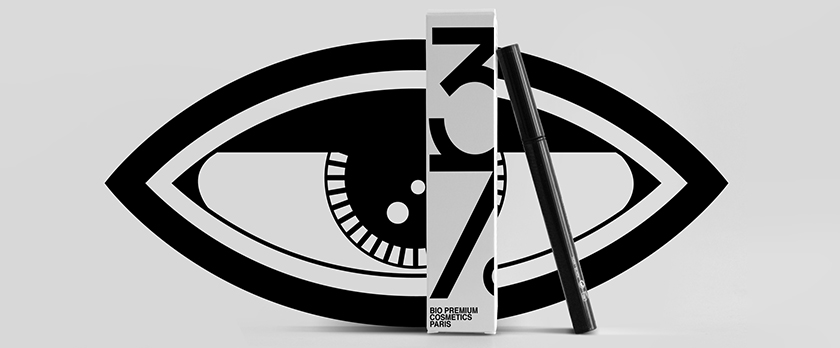
Artwork by My Name is Wendy.
Establish a clear position and purpose.
The first step in creating a strong brand identity design is defining your core purpose and position. Why does your company exist? Sit down with your team and determine your specific goal as a company and how your product or service provides a unique benefit to current and potential customers. To define your target audience, do market research to understand who will be served by your company.
Here are some important things to solidify as you develop your brand strategy:
- Value proposition: Why would customers come to your company instead of a competitor? What is your special sauce or your most unique innovation?
- Core values: What values does your company hold? What does your team use as a moral compass?
- Brand voice: How does your company talk to the world and express itself? It may help to compare your business to a personality type.
Elements of brand identity: Names, taglines and logos.
What’s in a name? Everything. If you don’t have a brand name or tagline yet, the next step in building your identity is to establish them. Whether you’re building a new business or changing your company name, don’t rush this process. Your brand has only seconds to make an impression, so make sure key aspects like name, logo and tagline — and the associated colour choices — are working together to help customers form an accurate opinion of you.
Group brainstorms where you jot ideas down fast using word association tactics can be helpful. Remember to choose something that can be applied to a website URL and social media accounts. Search online to see what URLs and social handles are already taken. Consider whether your brand name will tie back to aspects of brand identity like your goals, value proposition and brand values. Ninety one per cent of customers want the brands they support to be authentic, so knowing who you are and what you stand for — and demonstrating that in your brand identity — is essential.
- Brand name: Your brand name should be memorable, easy to spell and read and something you feel confident can stand the test of time.
- Tagline: Your tagline should be the first thing you want people to remember about your company. What is a quick, catchy way to communicate your value proposition in your brand voice?
Tie it all together with logo design.
After your purpose and name are clearly defined, you and your team can get started on logo designs to create an iconic representation of your brand. Aim to create a logo simple yet unique and in harmony with your brand identity.
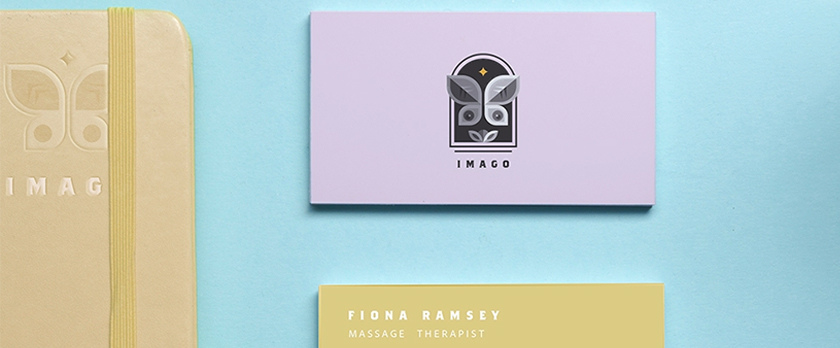
Choosing your colour palette and typefaces.
Colour palette.
Making a good choice about your brand colour and sticking with it, is to your benefit. You don’t have to be an expert in color theory to determine what hues work together to help convey your brand personality. Begin with a study of brands in your industry. Try to strike a balance between picking hues that are typical of your industry and finding a completely unique colour palette. Explore different shades in Adobe Color, which is available in your browser or from within Adobe Illustrator.
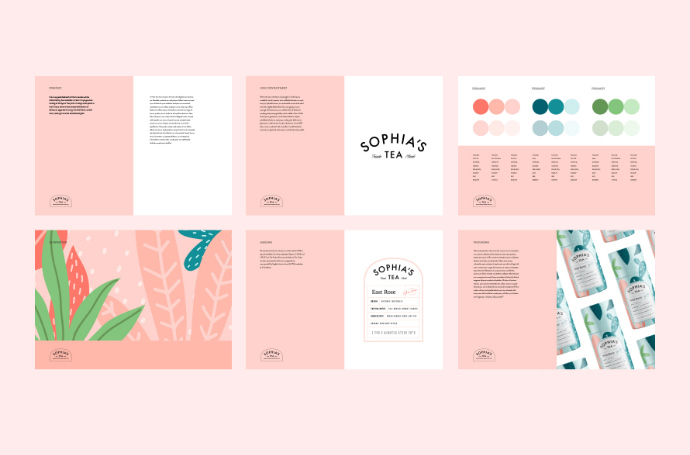
Artwork by Markaworks.
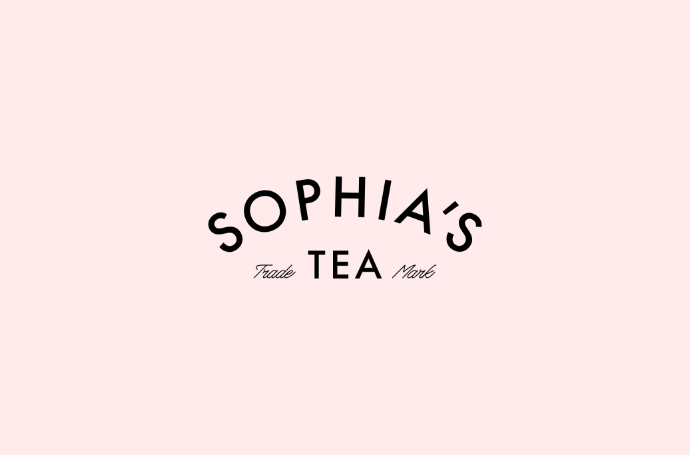
Typefaces and fonts.
Customised typography or a carefully chosen typeface is an integral piece of overall brand identity. It can also add an important finishing touch to your logo. In fact, many logos are simply customised typography done well. No matter where you’re using it, your brand needs a typeface that will speak to your client or customer base. Your team will need at least two fonts in their toolkit — one for headlines and display copy and a different one for body copy.
- Design your own customised typeface. Illustrator is a great tool for hand-drawing letters for use in a logo. Your team can then take it a step further and design an entire custom typeface you can use for years to come.
- Explore the expansive Adobe Fonts library. Discover new fonts and add them to your toolbox from the Adobe Fonts library, available via Creative Cloud for teams. In Illustrator or Adobe InDesign, select the pull-down menu under Font Family and choose Add Fonts from Adobe Fonts.
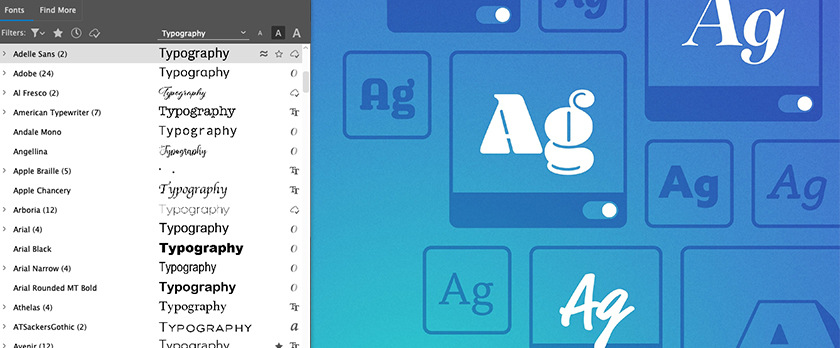
Storing and sharing assets.
Once you've created your brand identity, ensuring the consistency of that identity in your customer communications is essential. A platform like Creative Cloud for teams can help you to make sure everyone in your organisation has access to the correct versions of your identity assets, so you can stay in sync and on-brand.
Share your visual identity with your team.
Once your visual elements are securely saved, you can easily share your style guide with your team. In any Creative Cloud desktop app, open the Options menu under Libraries and select Collaborate. Enter email addresses separated by commas in the browser window that opens and click Invite. Or, in the Libraries panel, choose your visual identity library, open the menu and select Share Link.
Brand loyalty is built on quality and consistency, not frequency and putting the effort into a solid brand identity will pay dividends in the long run when it comes to making that connection.
Find creative ways to grow your business.
CUSTOMER STORIES
See how Adobe customers are building great experiences with Creative Cloud for teams.
BEST PRACTICES
Browse the latest guidelines in effective design, marketing and more.
TUTORIALS
Take your creativity to the next level with step-by-step tutorials.
Discover apps you can use to establish your brand identity.
Choose your Creative Cloud for teams plan.
All plans include the Admin Console for easy licence management, 24/7 tech support, unlimited job postings on Adobe Talent and 1 TB of storage.
Single App
€33.49/mo per licence (excl. VAT)
Your choice of one Adobe creative app such as Photoshop, Illustrator, lnDesign or Acrobat Pro.*
BEST VALUE
All Apps
€77.49/mo per license
Get 20+ Adobe creative apps including Photoshop, Illustrator, InDesign, Adobe Express, XD and more.
Call 1800-946-197 or Request a consultation
Questions? Let's chat.
Buying for a large organisation? Learn about Creative Cloud for enterprise
* Acrobat Pro, Lightroom and InCopy single apps come with 100 GB storage.